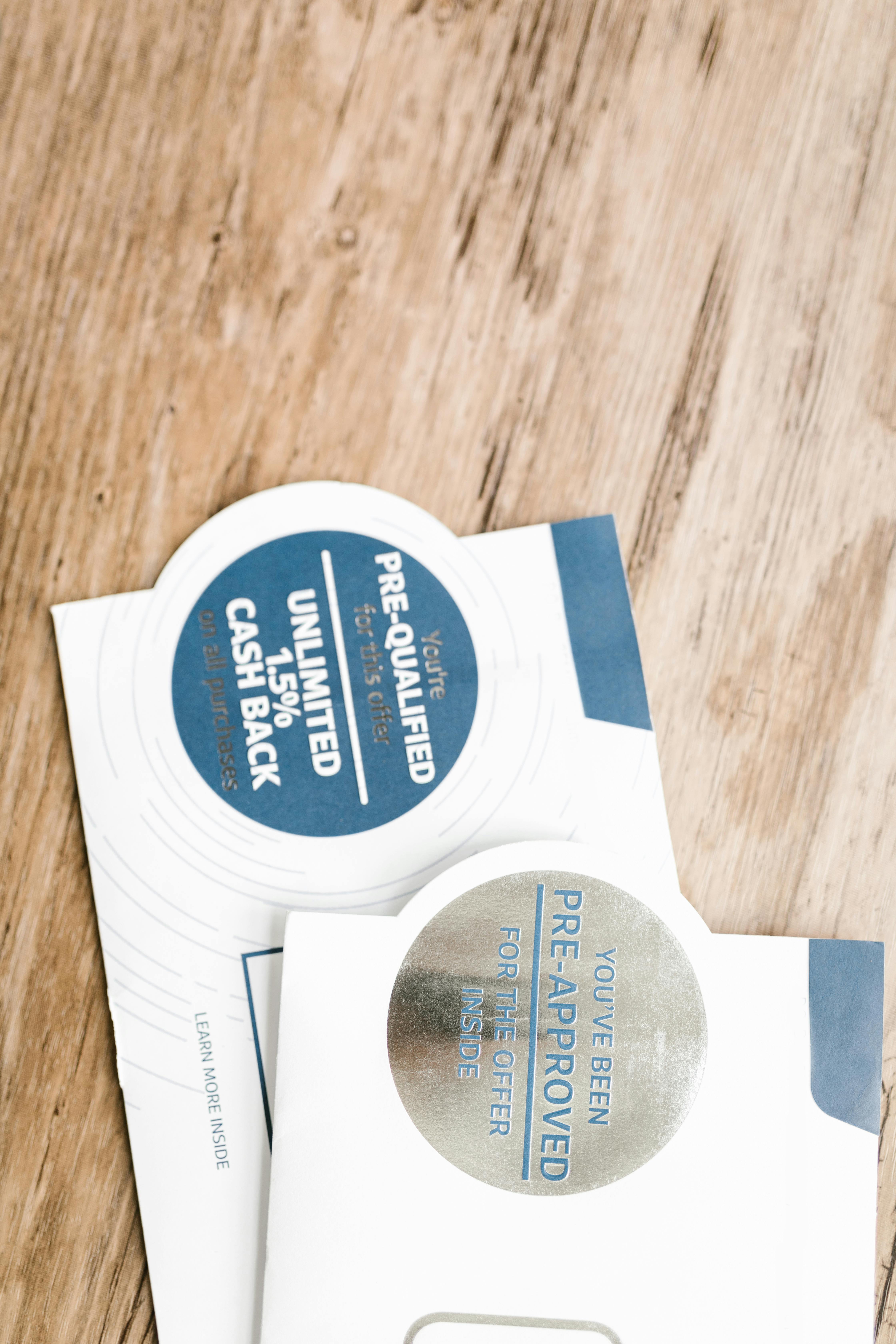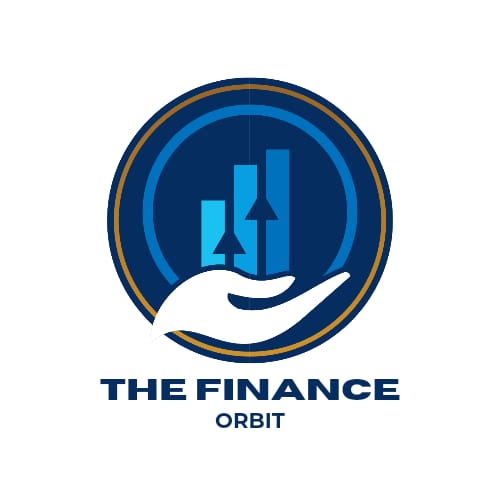
The pandemic hit us all hard, but it was especially tough on small businesses and the gig economy. Remember when you or your family got sick and you couldn’t work? Imagine if the government had set aside relief funds up to $32,200 to compensate for the financial burdens you faced during that time. Well, they did! However, most people are unaware of this pandemic relief program. Seize this opportunity while it’s still within reach—the Self-Employed Tax Credit (SETC) is designed specifically for those with 1099 income whose business profitability was impacted by the pandemic.
What is the Self-Employed Tax Credit?
The Self-Employed Tax Credit (SETC) is a federal program established to support self-employed individuals, freelancers, and gig workers affected by the COVID-19 pandemic. This isn’t just any fund; it’s money earmarked for each eligible self-employed individual. Despite the significant impact of the pandemic, many people—including accountants—are unaware of this program and its benefits.
Nearly 50 million Americans qualify for this credit, which can secure up to $32,400 in relief. Yet, most are unaware it exists. Here’s how you can take advantage of this opportunity:
Steps to Claim the Self-Employed Tax Credit
Step 1: Understand Eligibility
Self-employed individuals, freelancers, and independent contractors who faced business disruptions due to the pandemic are eligible. This includes:
- Sole proprietors
- 1099 contractors (e.g., DoorDash, Uber Eats)
- Single-member LLCs
- Gig workers
Step 2: File for the SETC
To claim the credit, you’ll need to file an amended tax return using Form 7202. This form allows you to claim credits for periods of sick leave and family leave taken due to COVID-19.
Step 3: Receive Your Funds
After filing, you can get an advance on your expected credit amount. There are no upfront fees, no monthly payments, and your credit score won’t hold you back. Even if you owe taxes to the IRS, you can still qualify for the credit (though you may not be eligible for the advance).
Benefits of the Self-Employed Tax Credit
The SETC is not a loan or a grant—it’s a retroactive tax credit. This means you don’t have to repay it, and it can either reduce your current tax liability or be refunded directly to you. Here are some of the benefits:
- Quick Access to Funds: Receive a cash advance on your credit in as little as 15 days.
- No Impact on Credit Score: Applying for the SETC doesn’t affect your credit score.
- No Repayment Required: This is a tax credit, not a loan or grant, so there’s no need to repay it.
- Eligible for Other Relief Programs: You can apply for the SETC even if you’ve received relief from other programs like PPP or EIDL.
Maximizing Your Tax Credit
To maximize your SETC, consider the following factors:
- Schedule C Net Income: Your credit amount is based on your net income from your 2019, 2020, and 2021 tax returns.
- Days Affected by COVID-19: Include any days you were sick, quarantined, or caring for a COVID-19 affected person.
- Childcare-Related Leave: You can claim up to 110 days if you had to take time off for childcare due to school closures or virtual learning.
Key Considerations
Income and Days Affected
Your average daily self-employment income and the number of days you missed work due to COVID-related issues determine your credit amount. For childcare-related leave, the credit is the lesser of your average daily self-employment income or $511 per day. For personal COVID-related issues, the credit is the lesser of 2/3 of your daily income or $200 per day.
Net Income and Caregiving Factors
The net income reported on your Schedule C for 2019, 2020, and 2021, the days you were sick or quarantined, and the time spent caring for someone due to COVID-19 all play a role in calculating your credit.
Common Questions About the Self-Employed Tax Credit
Can I apply if I’ve already received relief from other programs like PPP or EIDL?
Absolutely. The SETC is a separate program, and you can apply for its benefits even if you received assistance from other relief programs.
Is this a loan or a grant?
No, the SETC is neither a loan nor a grant. It’s a retroactive tax credit that can reduce your tax liability or provide a direct refund.
What forms do I need to file?
The primary form is the amended Form 7202, used to claim SETC tax credits for self-employed individuals.
Who is eligible for the SETC?
Self-employed individuals and small business owners, including sole proprietors, freelancers, and other workers who faced COVID-related disruptions, are eligible.
Conclusion
The Self-Employed Tax Credit is a beacon of hope for gig workers and self-employed individuals during challenging times. It offers financial support to those who were sidelined during the pandemic. Don’t let this opportunity pass you by. Visit Gig Worker Solutions today and take the first step towards reclaiming what’s rightfully yours.
Final Thoughts
If you found yourself unable to work due to COVID-19, the SETC was designed to be your safety net. You could be eligible for up to $32,200 in tax credits from 2020 and 2021. The process is straightforward: create your account, get an estimate, upload your tax returns, and receive your tax credit.
Remember, the deadline to file a claim is April 18, 2025. There’s still time, but you should act quickly to ensure you don’t miss out on this crucial financial relief. Join the ranks of those in the gig community who have already claimed over $250 million in refunds. This refund isn’t a bonus or a gift—it’s your hard-earned money set aside for you. Reclaim it today and thrive beyond recovery.
Visit Gig Worker Solutions and start your claim now. You deserve more than just to recover; you deserve to thrive!

